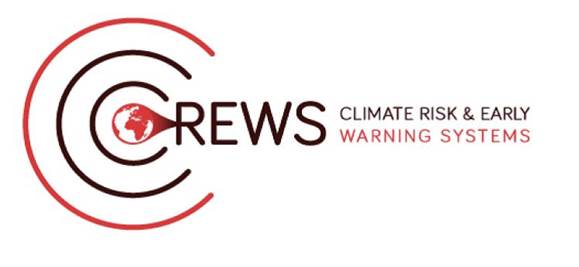Standards, Guidelines and Tools
General standards and guidelines
- Developing Early Warning Systems: A Checklist, March 2006
- Natural Hazard Awareness and Disaster Risk Reduction-OECD Policy Handbook, 2010
- WMO Guidelines on Multi-hazard Impact-based Forecast and Warning Services, 2015
- CREWS Proposed Set of Metrics for Measuring Access and Effectiveness of Early Warning Systems, November 2016
- Technical guidance for monitoring and reporting on progress in achieving the global targets of the Sendai Framework for Disaster Risk Reduction, December 2017
- Multi-hazard Early Warning Systems: A Checklist, May 2017
- IFRC Guiding Principles
Disaster Risk Knowledge / Risk-informed system design
- Guidelines on the Definition and Monitoring of Extreme Weather and Climate Events, December 2015
- Guidance for Recording and Sharing Disaster Damage and Loss Data, 2015
Detection, monitoring, analysis and forecasting of the hazards and possible consequences / Monitoring and warning service
- WMO Ste-by-step Guidelines for Establishing a National Framework for Climate Services, 2018
- WMO Manual on the Global Data-processing and Forecasting System: Annex IV to the WMO Technical Regulation, 2017
- Manual on Marine Meteorological Services – Volume I
- Guidelines on early warning systems and application of nowcasting and warning operations
- Guideline on Monitoring and Reporting the Impact of Sand and Dust Storms through the Sendai Framework Monitoring
Warning dissemination and communication / Communication and dissemination
- International Telecommunication Union (ITU) Manuel for Measuring ITC Acces and Use by Households and Individuals, 2014
- WMO Guidelines for Implementation for Common Alterting Protocol (CAP) Enable Emergency Alterting, 2013
- WMO Guidelines on International and Cross-border collaboration in the warning process, 2011
- WMO Administrative Procedure for Registering WMO Alerting Identifiers, 2010
- WMO Guidelines on Communicating Forecasting Uncertainty, 2008
- WMO Guidelines on Weather Broadcasting and the Use of Radio for Delivery of Weather Information, 2005
- WMO Guidelines on Cross-Border Exchange of Warnings, 2003
- WMO Guidelines on Improving Public Understandings of and Response to Warnings, 2002
- The ICT Development Index (IDI): conceptual framework and methodology, 2015
Preparedness and response capabilities / Ability to respond
- WMO Guide to Implementation of Education and Training Standards in Meteorology and Hydrology, volume I – Meteorology, 2015
- WMO Guidelines for Creating a Memorandum of Understanding and a Standard Operating Procedure between a National Meteorological or Hydrological Service and a Partner Agency, 2012
- UNISDR School emergency and disaster preparedness: guidance note, 2010
- UNISDR Disaster prevention for schools: guidance for education sector decision-makers, November 2008
- WMO Guidelines in capacity building strategies in Public Weather Services, 2007
- WMO Public Weather Services Strategy for Developing Public Education and Outreach, 2006
- WMO Guidelines on Integrating Severe Weather Warnings Into Disaster Risk Management, 2005
- WMO Guidelines in Quality Management Procedures and Practices for Public Weather Services, 2005
Standards, Guidelines and Tools
- Practical Action and Early Warning Systems
- Nepal’s Ingenious Solution
- Peru’s Ingenious Solution
- Gender Transformative Early Warnings Systems
- Gender Transformative Early Warning Systems a Policy Brief
- Gender and Early Warning Systems: Peru
- Gender Transformative Early Warning Systems: Nepal
- Toward Disasbility Transformative Early Warning Systems
- AASCTF Baguio City Gender and Inclusion Study
- AASCTF Policy Brief
